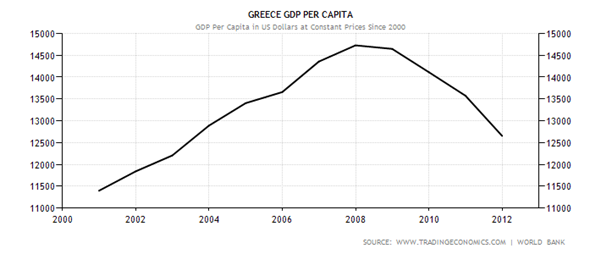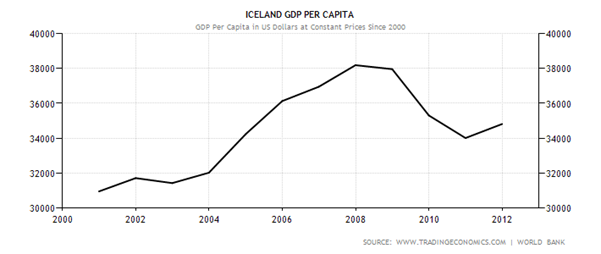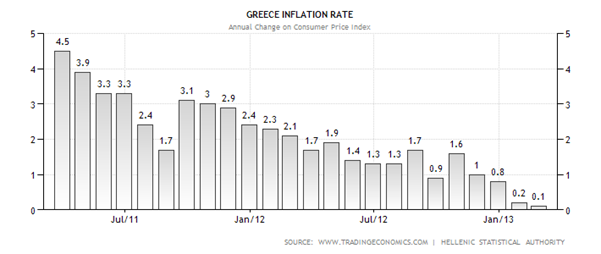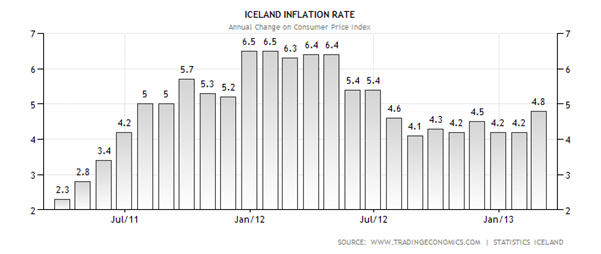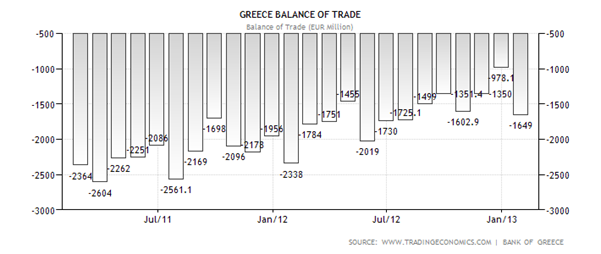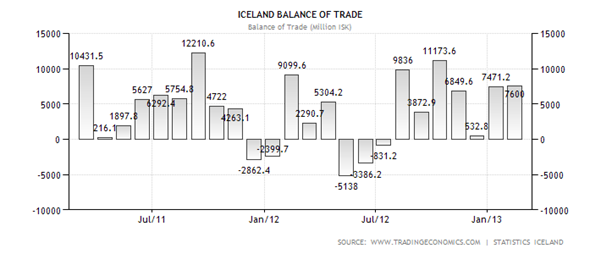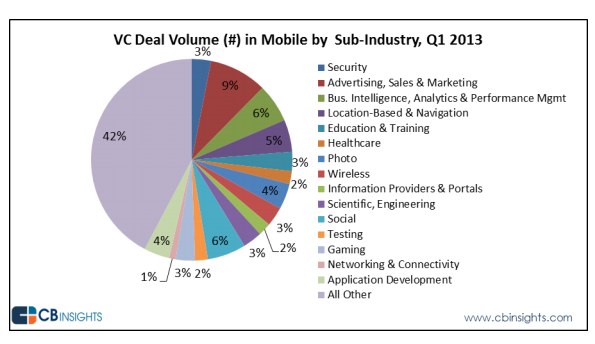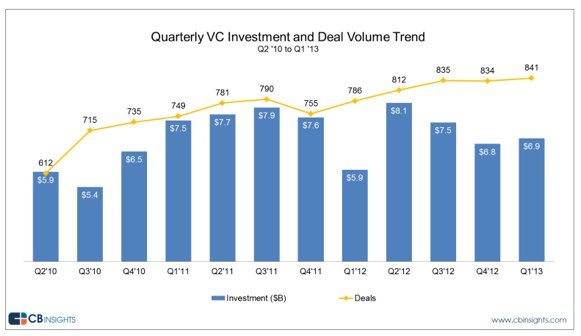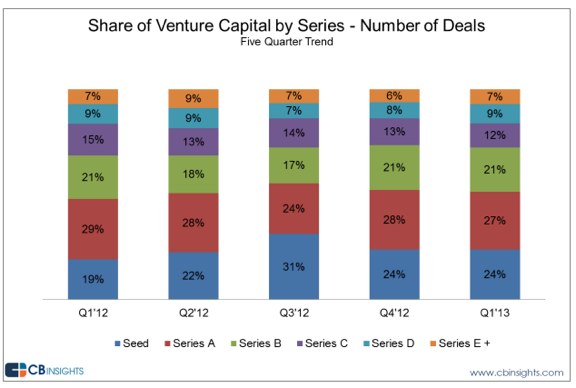“Last fall, a source close to Yahoo told us that Facebook was working on an advertising product that “kills us.”
He said:
“There’s a story brewing about a next very big business it’s building—one that competes with one of Yahoo’s flagship ad products and would kill us.”
That product is finally here.
It’s called “partner categories.”
It allows Facebook advertisers to show ads to people who have purchased, or have shown interest in purchasing, specific categories of products offline – from consumer packaged goods to cars and more.
Facebook can do this thanks to a partnership with a firm called Datalogix.
Datalogix tracks usage of loyalty cards in offline retail stores.
Facebook can, in an privacy-sensitive way, tell who purchased about 50% of all consumer-packaged goods sold in the US.
Datalogix can also track people who have given over identifying information to merchants, asking for more information about their products.
So, for example, Facebook knows which of its users have asked Chevy for brochures on its new Camero.
The implications of this capability are obviously huge.
Imagine how valuable it will be for Gillette to put ads in front of men who bought new razors, or for Ford to stick a Mustang ad in front of those Camero shoppers.
That kind of targeting – based on a consumer’s signalled intent – is nearly as valuable as Google search targeting, where a consumer has told Google exactly what he or she is looking to buy.
No wonder our Yahoo source was so nervous.
Here’s Facebook’s blog post announcing the feature…”
Comments »
